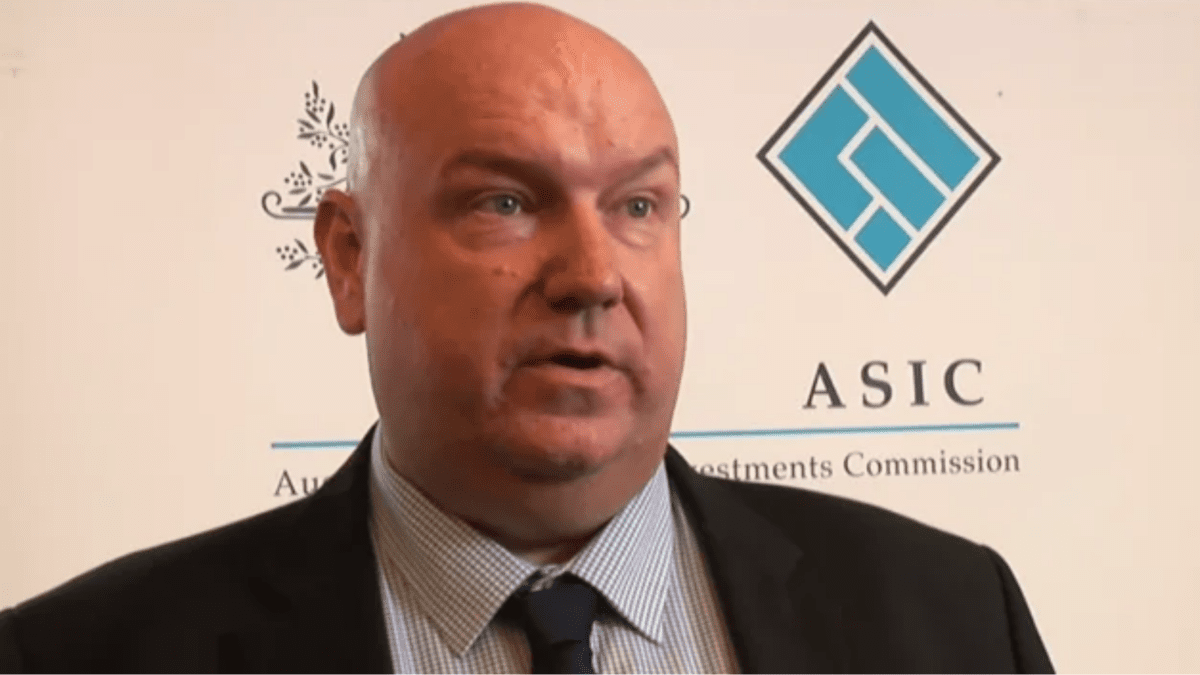With Levy blueprint, plan to make financial advice cheaper takes shape
Treasury on February 8 released a 267-page report into the quality of advice aimed at freeing up the sector so more people have access to simple and affordable help with their finances.
Currently, less than 16,000 registered financial advisers service the entire Australian population, with the advised cohort shrinking from 13.9 per cent in 2018 to 10.1 per cent in mid-2022, according to the Adviser Ratings 2022 Financial Advice Landscape Report.
Quality of Advice Review leader Michelle Levy, who authored the report, resisted pressure from consumer groups to water down the draft proposal, which envisaged a two-tier advice system whereby consumers can get either comprehensive advice from registered fee-receiving advisers, or simple advice from banks, super funds and insurers.
“Many consumers need incidental, simple and limited advice, sometimes frequently,” Levy stated. “It is in the interests of consumers to be able to get financial advice as and when they need it. This will often be when they are dealing with their bank, superannuation fund or insurer, and these will often be the first places they turn to when they need financial advice.”
The institutions that re-enter the advice arena will do so without needing to comply with a ‘best interests duty’. Registered financial advisers (“relevant providers” in Levy’s new world) will, yet it will be a stripped-back version of the duty without the ‘safe harbour steps’ checklist of requirements in place today.
Fee disclosure requirements will be relaxed and advisers will no longer need to provide statements of advice (SOAs) to clients, but will be required to keep records of the advice they provide and must still provide SOAs to clients who want them. The move is aimed at reducing the cost for advisers to provide compliant advice, which the government hopes will translate into cheaper advice fees and more consumers being able to receive it.
“The requirements applying to ongoing fee arrangements and statements of advice are complicated and add to the cost of providing personal advice,” Levy stated. “They also result in documents consumers do not want and are not able to easily understand.”
Levy agreed with the government’s assessment that digital advice will be key to facilitating the advice revival, with her endorsement of digital services likely to be picked up by institutions keen to re-enter the sector.
“Calculators, online risk profilers and apps that provide tips and nudges are all examples of digital advice. They are easy to access and often free,” she stated. “There are also providers who are able to make more comprehensive digital advice services available to consumers for a modest fee. These have the capacity to provide valuable financial advice to people who would otherwise never get that advice.”
The government has not published a response to the review’s recommendations, and will instead hold a consultation to hear from stakeholders before revealing how closely it will stick to Levy’s plan for reform.
Assistant treasurer and financial services minister Stephen Jones was adamant, however, that all opinions on the proposals are welcome.
“Anyone with an interest in financial advice should read it and make their views known,” Jones stated.









